Our Company History
Founded in 1953, Kroy began as a precision plastics manufacturer and grew into one of the first U.S. companies to pioneer thermal printing. See how we've evolved from lettering systems to advanced digital label manufacturing.
Founded in 1953, Kroy began as a precision plastics manufacturer and grew into one of the first U.S. companies to pioneer thermal printing. See how we've evolved from lettering systems to advanced digital label manufacturing.


Founded as United Fabricators, Inc., a division of Plastics Corporation of America, the company specialized in injection-molded electronic components and quickly earned a reputation for precision—a value that continues to define Kroy today.

After ten years of growth, the company became its own entity in 1963. This move allowed the brand to innovate freely, shifting from contract plastics manufacturing toward developing its own proprietary technologies and products.

By 1968, the company had already begun using the name Kroy on its products. That same year, it expanded its offerings for engineers and designers with innovations like an electric pencil sharpener and a cordless drafting eraser. It also introduced adhesive drafting films and transparency sheets for technical drawings.

In 1969, the company formally adopted the name Kroy, inspired by Wisconsin's St. Croix River Valley, where it operated a key manufacturing plant. This marked more than a name change—it signaled a shift in direction, as Kroy began moving away from molded plastic components and into emerging graphic, lettering, and printing systems.
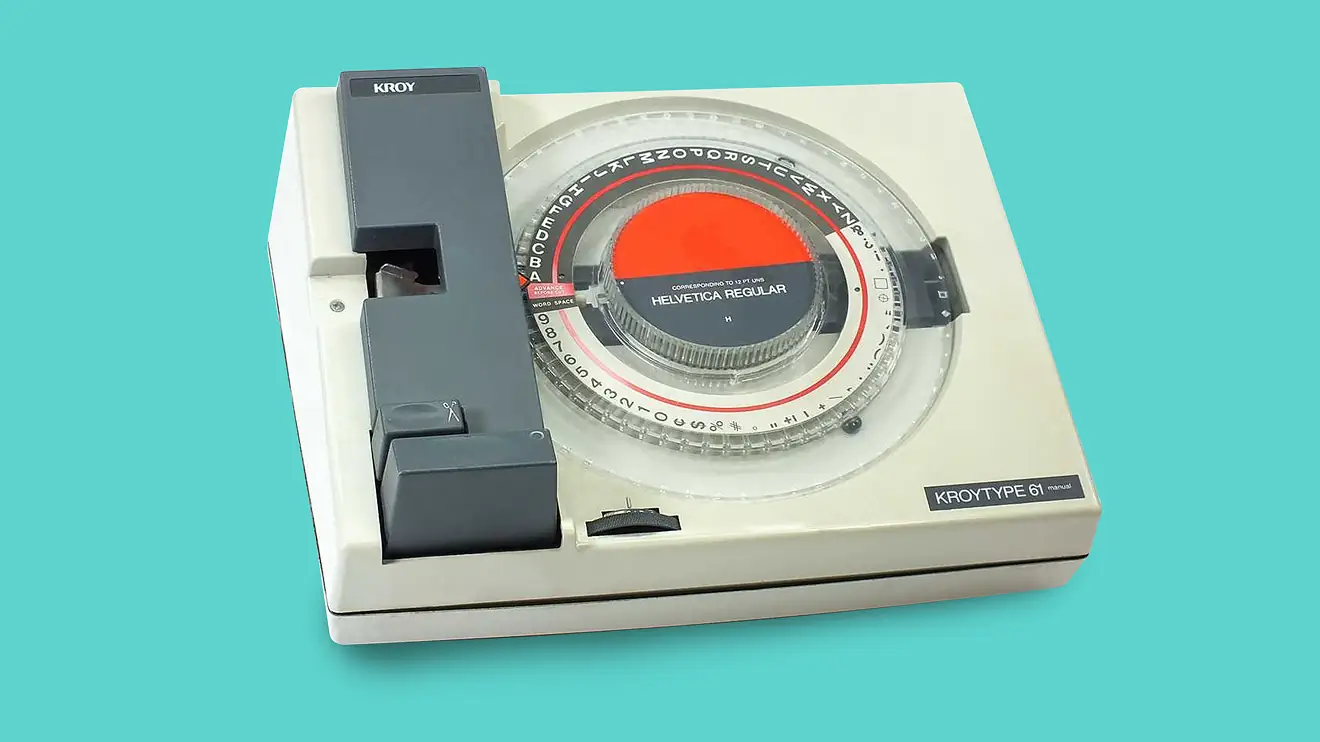
In 1978, Kroy introduced the Kroy 61 and Kroy 80 lettering systems. The following year, it released the DuraType, its first thermal lettering system that bridged mechanical lettering and modern printing. Around this time, Kroy also launched the Spin and Spell, a compact manual device for everyday users.
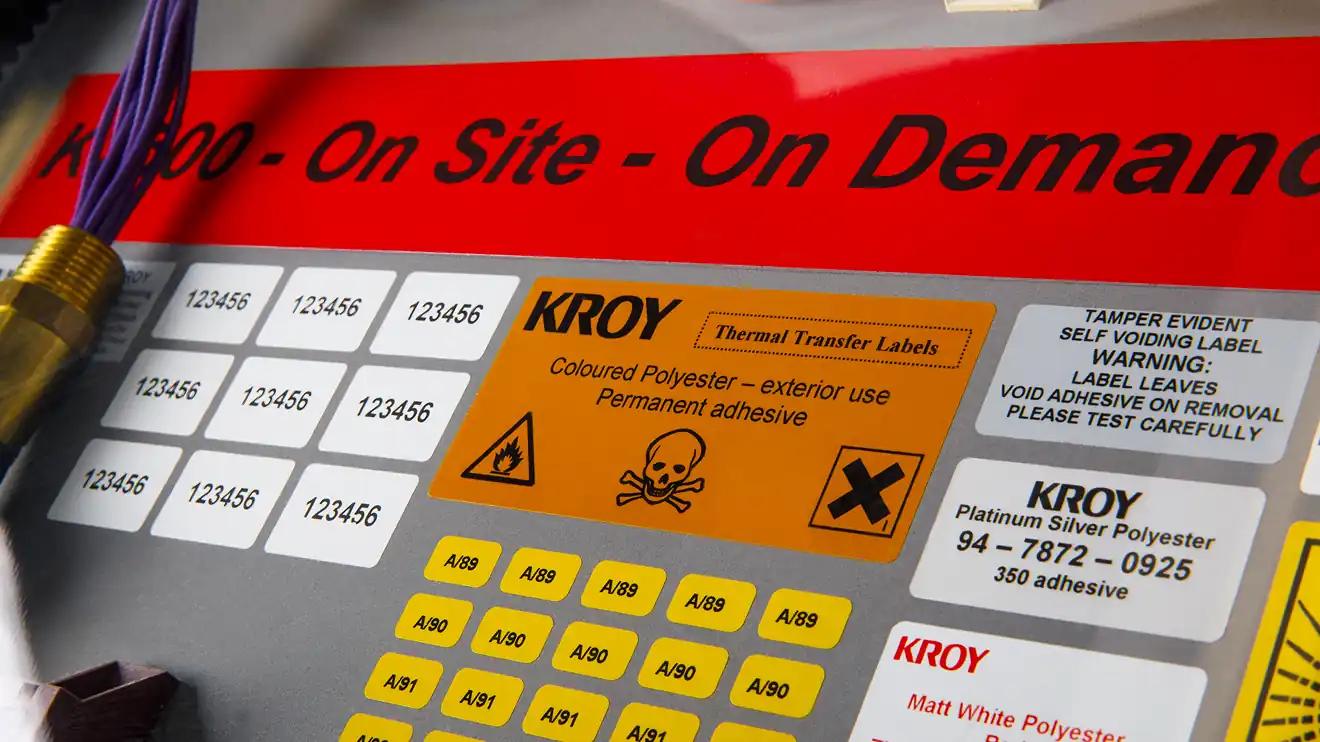
By the early 1980s, Kroy introduced the Kroy24, an electronic lettering system that marked a major leap from mechanical to digital printing. Around this time, Kroy sold its plastics division and invented thermal transfer technology, producing durable, high-quality prints that paved the way for modern label manufacturing.
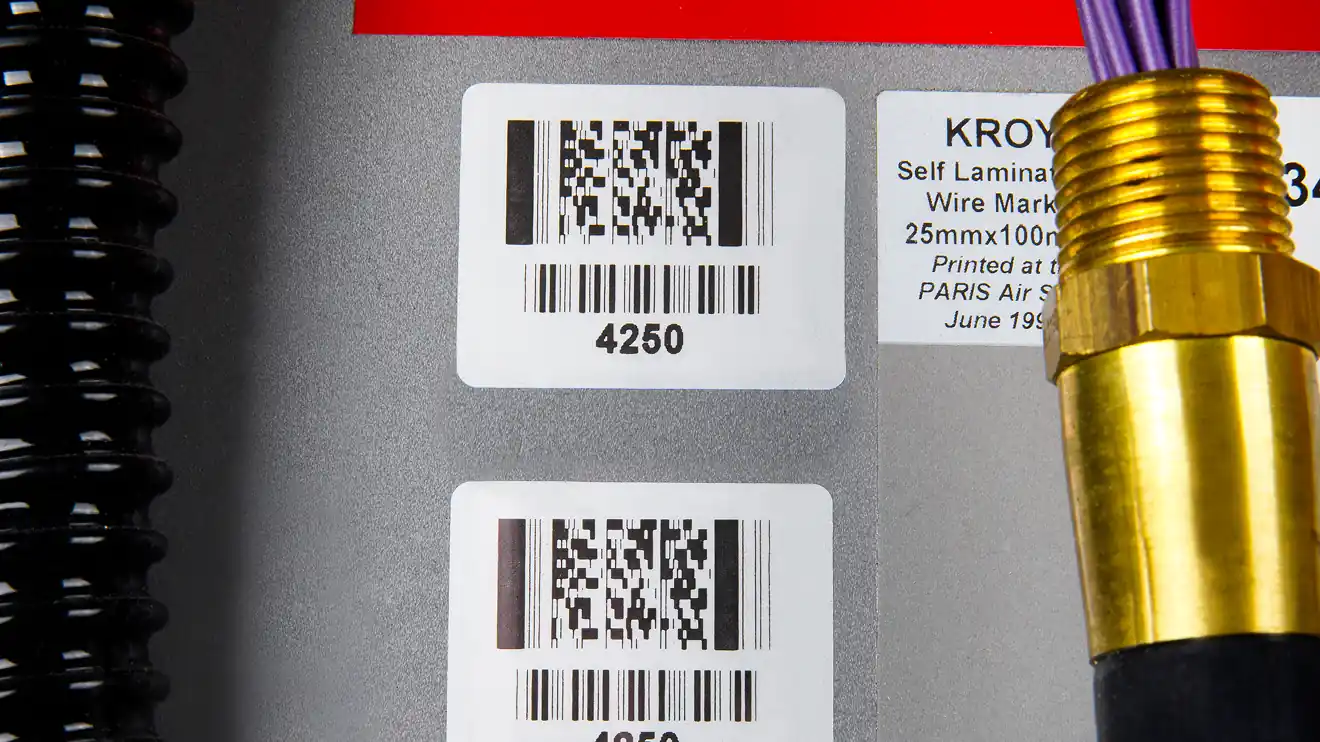
In the early 1990s, Kroy advanced into digital and barcode technology, introducing systems for identification and compliance printing. These innovations led to the launch of the K1000, the first portable thermal transfer label printer.

In 1997, Pubco Corporation acquired Kroy, expanding its reach in the labeling and printing industry. The acquisition provided new resources and support, allowing Kroy to strengthen its position in thermal label manufacturing and continue building on its legacy of innovation.

By 2008, Kroy had concluded production of its thermal transfer printers, including the popular K2500, K5100, and K4350 models. This marked the end of Kroy's hardware era and the company's full transition into label manufacturing and materials innovation.
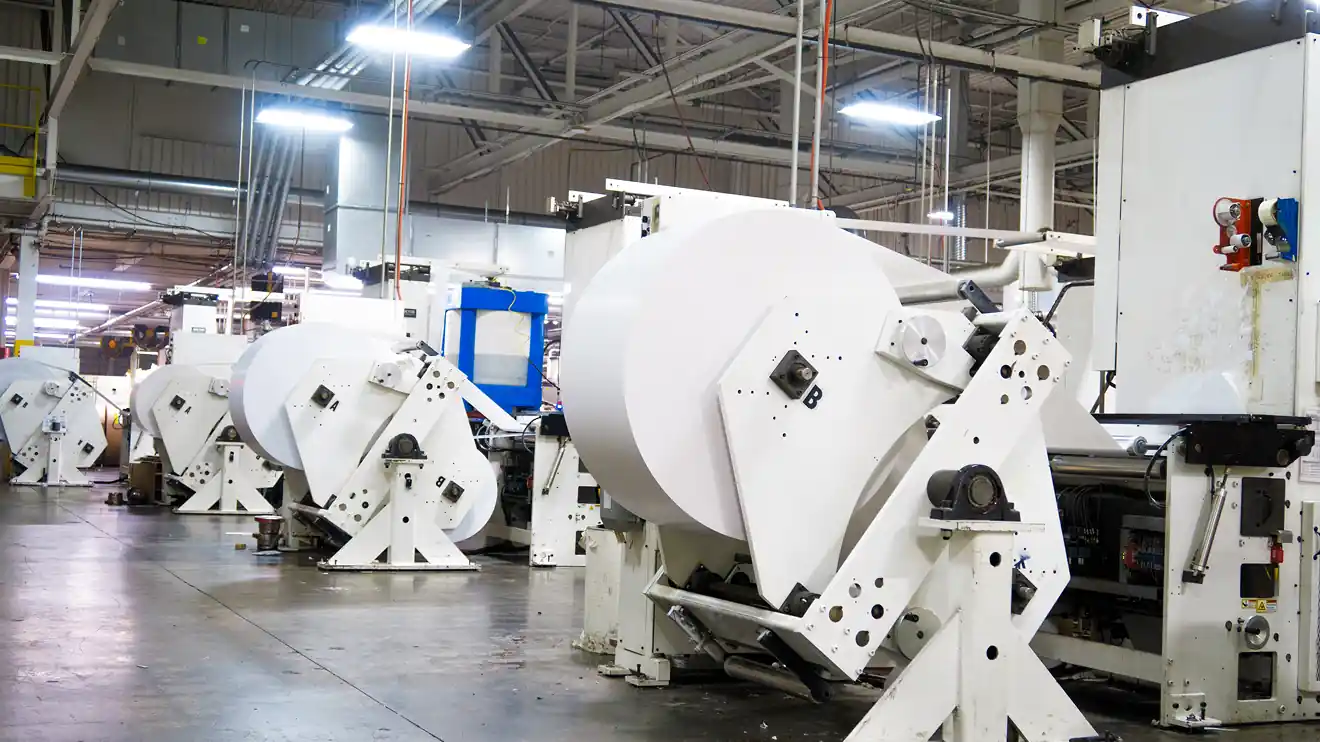
Following the close of its printer era, Kroy invested over $125 million in advanced printing and coating technologies to enhance precision and performance. The company added 22 high-speed coating lines, automated production systems, and UV curing technology to improve consistency and durability across its thermal label products—reflecting Kroy's ongoing commitment to quality and innovation.
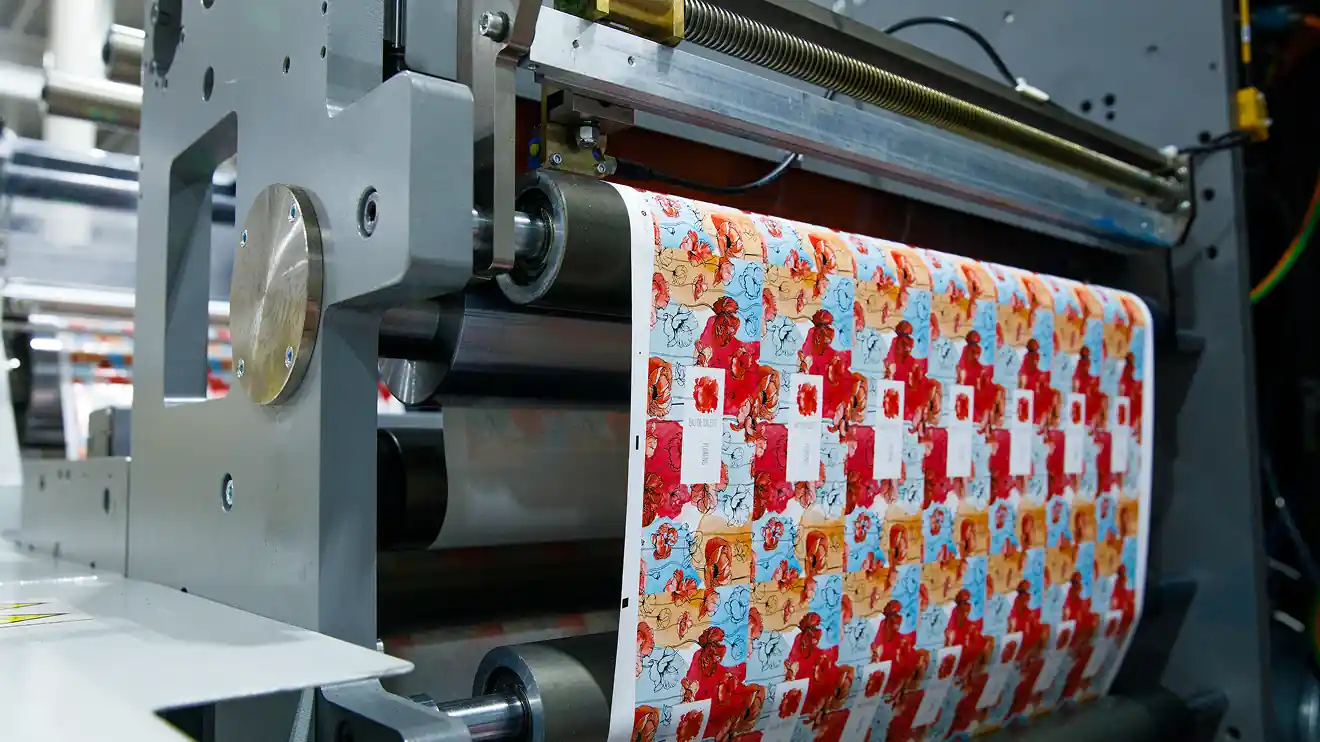
Kroy has expanded its capabilities with advanced BOBST digital presses, producing high-quality custom labels with precision and efficiency.